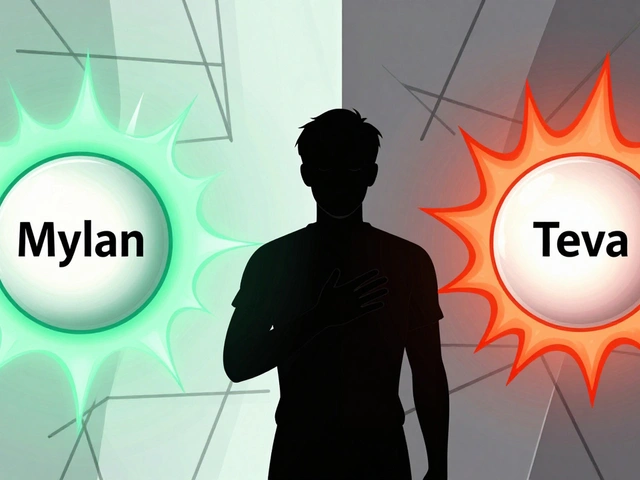Betamethasone – Complete Overview
When working with Betamethasone, a potent synthetic corticosteroid used to suppress inflammation and immune responses. Also known as B-17, it is available in creams, ointments, injectables, and oral tablets. Corticosteroids, the drug class that includes betamethasone, mimics the body’s natural glucocorticoids to reduce swelling, redness, and itching. The drug works by binding to glucocorticoid receptors, which then shut down the production of inflammatory chemicals. Because of this mechanism, betamethasone is a go‑to option for conditions ranging from eczema to severe allergic reactions.
One of the biggest reasons patients reach for betamethasone is skin‑related inflammation. For example, Eczema, also called atopic dermatitis, often responds well to topical betamethasone creams that calm flare‑ups within days. Similarly, psoriasis plaques, contact dermatitis, and lichen planus benefit from the same anti‑inflammatory action. When a doctor prescribes an oral or injectable form, the goal is usually deeper systemic control—think asthma exacerbations, rheumatoid arthritis, or lupus flares. In those cases, betamethasone’s ability to suppress immune overactivity can prevent joint damage or airway constriction.
Choosing the right formulation matters. Topical preparations deliver the drug directly to the skin, limiting systemic exposure and reducing the risk of side effects like adrenal suppression. Oral tablets and injections, on the other hand, provide rapid, whole‑body relief but bring a higher chance of complications such as elevated blood sugar, bone thinning, or mood changes. Compared with other steroids like Prednisone or Dexamethasone, betamethasone is often preferred for its longer half‑life and stronger anti‑inflammatory potency, allowing lower dosing frequencies. However, the trade‑off is a tighter safety window, so patients need clear guidance on duration and tapering schedules.
Understanding the benefits and risks helps you use betamethasone responsibly. If you’re starting a topical course, apply a thin layer to the affected area once or twice daily, and avoid covering it with occlusive dressings unless directed. For oral or injectable regimens, follow the doctor’s taper plan to prevent withdrawal symptoms. Monitoring blood pressure, blood sugar, and bone health is essential during long‑term use. Below you’ll find a curated set of articles that dive into specific drug comparisons, buying guides, and condition‑focused advice, giving you practical tools to decide when betamethasone is the right choice and how to manage it safely.

Betnovate (Betamethasone) vs. Topical Steroid Alternatives: Pros, Cons & Best Uses
A detailed side‑by‑side look at Betnovate (betamethasone) and its main steroid rivals, covering potency, safety, and when each is the right choice for skin conditions.
read more




